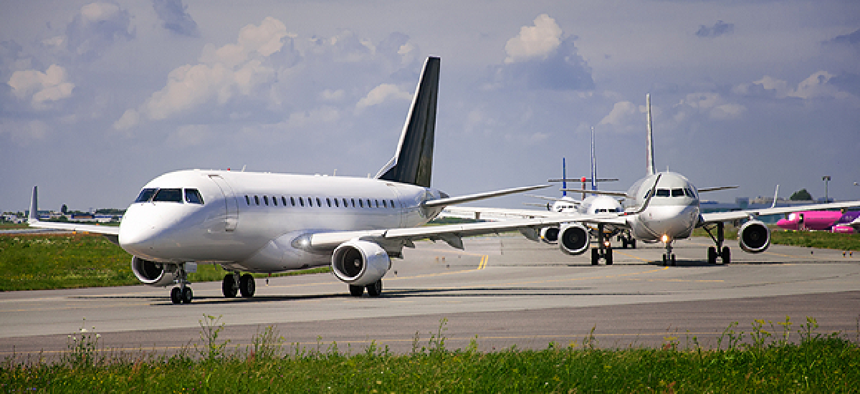NASA to develop metroplex air traffic management tools

NASA awarded a $1.5 million small business contract to develop tools to optimize air traffic control systems given the complexities of growing aircraft and air traffic volumes.
As the nation’s air traffic grows increasingly complex, NASA intends to develop a planning system to help coordinate flights been enroute and metroplex air spaces as well as to manage surface traffic using Next Generation Air Transportation System concepts.
A metroplex is a metropolitan area that has more than one principal anchor city, such as Baltimore, Md.-Washington, D.C., or Raleigh–Durham-Chapel Hill, North Carolina.
The space agency awarded Intelligent Automation Inc. a $1.5 million SBIR Phase II contract to develop “futuristic tools to increase the efficiency of air traffic control systems [that] must deal with the complexity caused by a mixture of different aircraft types ... increased traffic volume and varying aircraft performance,” IAI said about the contract.
IAI said its key innovation in the effort would be development of a MetroSim, a metroplex-based arrival, departure and surface optimization system that would allow airport planners, traffic flow experts, airline dispatchers, air traffic controllers and pilots to recover from disruptive events and handle the uncertainties of irregular operations. MetroSim will use a collection of different tools that will perform analytic computations, physics-based computations, and mathematical optimization calculations,” according to IAI.
Initial development of MetroSim tools will be in the New York environment, including the adaptation of MetroSim for John F. Kennedy International Airport, Newark Liberty International, LaGuardia Airport, Teterboro Airport, and the Long Island Mac Arthur Airport.
MetroSim will link to existing NASA and FAA terminal and surface planning tools, the firm said, and interoperate using thin interfaces, minimal data shared between the tools and limited reliance on a centralized database, “thus enabling coordination of the tools in the distributed environment.”
The MetroSim architecture will also allow NASA researchers to reconfigure or replace any MetroSim component in order to experiment with new flight management techniques or new air traffic control concepts.
NEXT STORY: Maritime test bed lets Navy validate ISR systems





